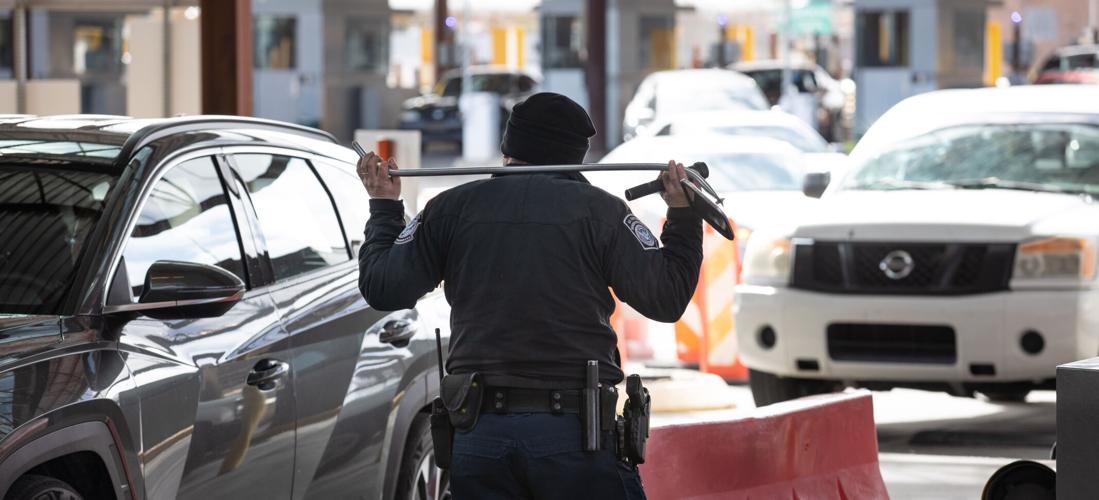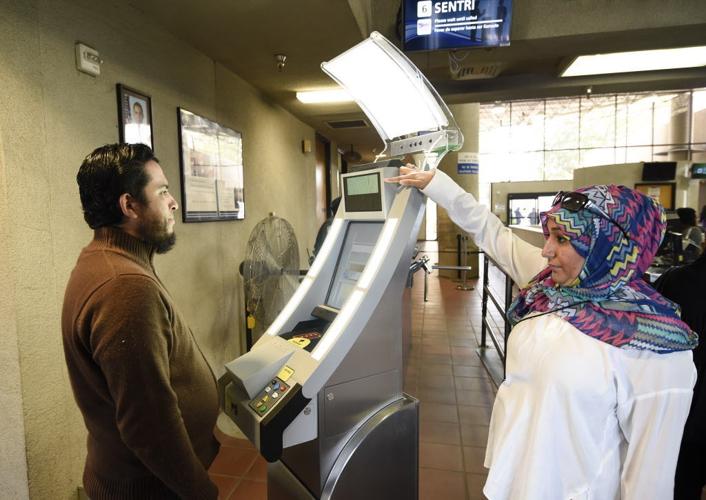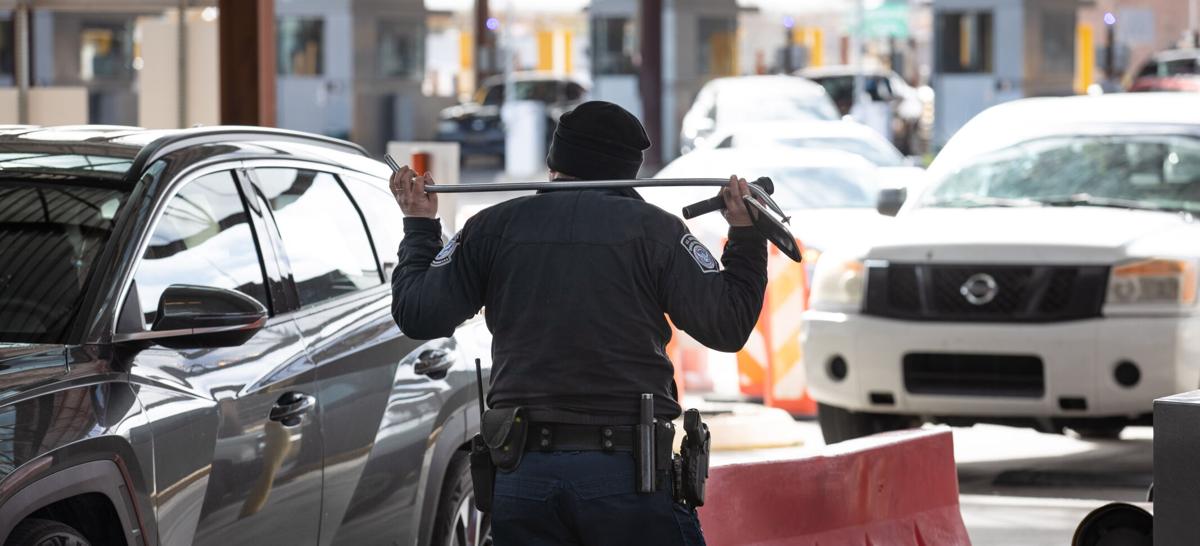The Mariposa Port of Entry in Nogales will be the site of a month-long pilot program testing biometric facial scans of travelers entering the U.S. in vehicles.
Facial scans allow automation of the manual document checks required for entry to the U.S., and the program, which began this week, should minimally affect traffic flow at the Mariposa crossing, according to a U.S. Customs and Border Protection news release.
“We are excited to be testing this innovative technology at the Mariposa crossing,” said Michael Humphries, Nogales area port director, in the release. The new technology “will enhance and further secure the vehicle entry process at our land border ports of entry.”
The technology will be used in three lanes at the Mariposa crossing — lanes 3, 5 and 9 — that are marked “biometric.” Travelers who want to opt out can use the other lanes, CBP said.
The facial-scan technology is already in place at pedestrian crossings along the Southwest border, including Arizona. It’s also already in use at dozens of airports.

A contractor helps a pedestrian crossing from Mexico have his facial features and eyes scanned at San Diego’s Otay Mesa Port of Entry in this 2016 file photo.
At the Mariposa port of entry, drivers in the lanes with the facial biometric system will encounter a camera that will try to photograph each vehicle occupant and match it to photos the government already has on file, from passport images, visas or prior encounters, CBP said in the release.
Photos of U.S. citizens will be deleted within 12 hours, and photos of foreign nationals are “securely transferred and stored” in the Department of Homeland Security’s Automated Biometric Identification System.
Federal laws require CBP to biometrically record foreign nationals who enter and exit the U.S., and the use of facial biometrics will help CBP officers identify imposters trying to use travel documents that don’t belong to them, according to the release.
After the four-week pilot, CBP will evaluate both the quality of facial images captured and how well the system is able to match the photos to images on file.
In 2022 a Government Accountability Office report evaluated CBP’s efforts to comply with the GAO’s earlier privacy recommendations related to its use of facial-recognition technology in airports.
The report found CBP had complied with some recommendations to improve signage notifying travelers of the technology and how to opt out, but still needed to audit more of its partners — including the airlines and contractors — to ensure they’re complying with CBP’s privacy requirements.
“These are positive steps to help ensure that air traveler information is safeguarded,” the report said. “However, CBP should also audit other partners who have access to personally identifiable information, including those in other travel environments, vendors, and contractors, and partners at land and sea ports of entry.”
Get your morning recap of today's local news and read the full stories here: tucne.ws/morning






